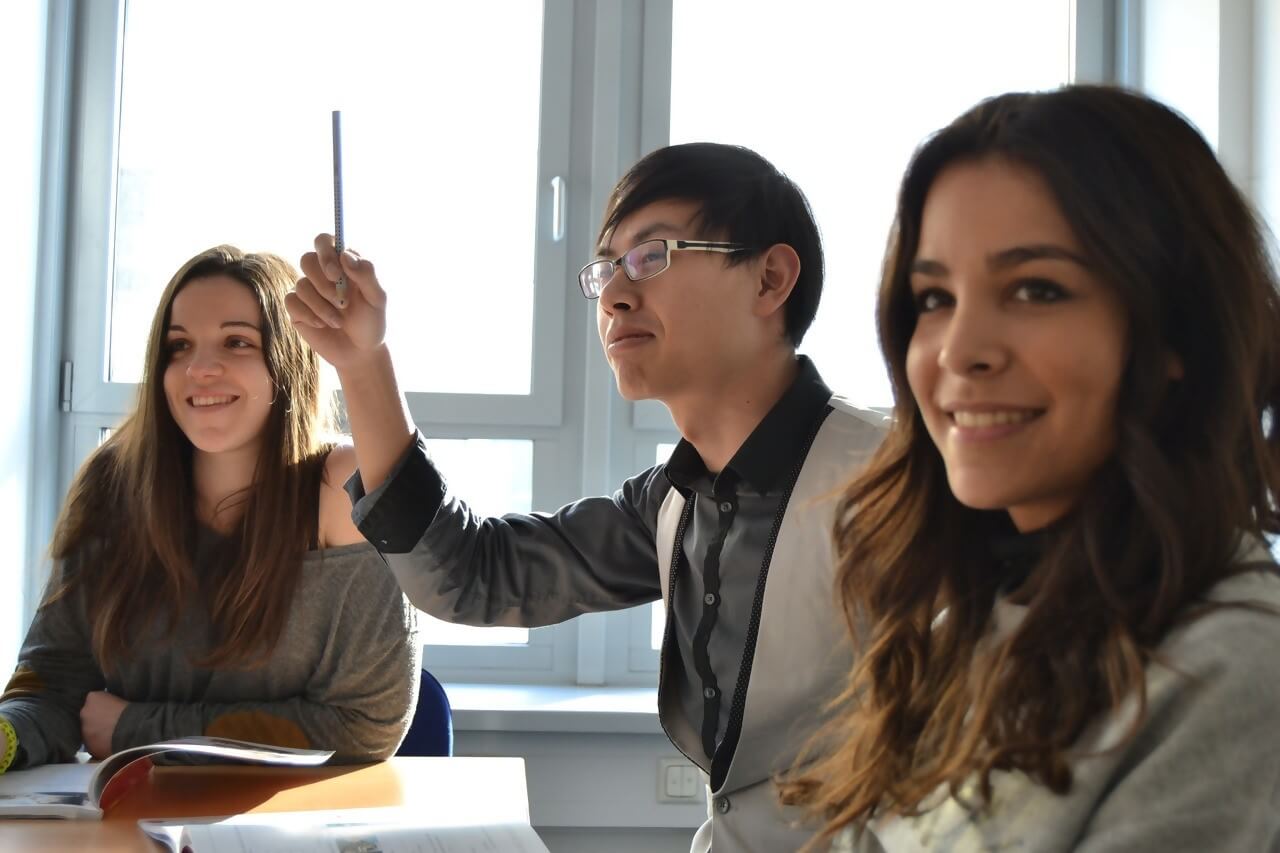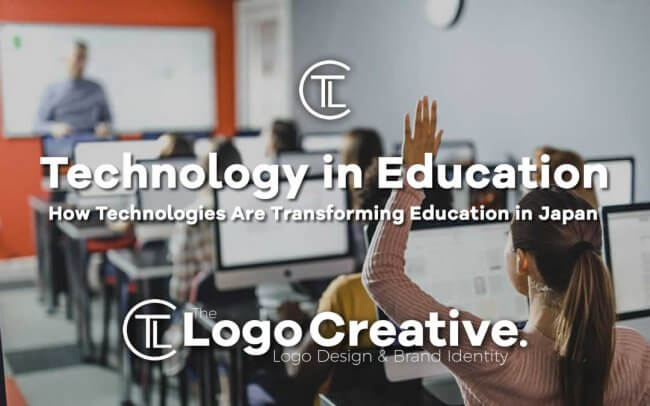Teachers in Japan are facing a change in their classrooms, and this change is unlike any that previous generations faced before. The change is the rise of technology in the classroom and it has meant a complete turnaround in the roles and responsibilities of schools and colleges. In this article, we discuss How Technologies Are Transforming Education in Japan.
Japan as a nation has always been at the forefront of technological advancement, so here, at this milestone in education, the world looks to them. Technology is transforming the structure of education in Japan and teachers and students are embracing it to make the institutes an advanced place for learning.

Table of Contents
Laptops and tablets
Children are becoming tech-savvy at a younger age, to the point where certain parenting approaches now delay “screen time” for children to slow their inclination to smartphones and tablets.
This is an inevitable fact of student education that at some point or another, they will require a laptop or tablet. Technological education in Japan is accepting this approach entirely. Not only does it prepare students for the technological working world but it as an economically friendly clause as well.
Textbooks are no longer printed and distributed. Instead, they are available on the school’s server and can be downloaded by students and then deleted off their devices at the end of the school year.
Wi-Fi in classrooms
The need for fast and secure Wi-Fi is greater than ever and the need has now spread to the classrooms, becoming another requirement of educational technology in Japan. The internet cannot just be freely available as students must still be working within a safe and controlled environment.
To combat this, the Wi-Fi availability in classrooms can be limited, either in terms of duration – making the internet available only when educators sanctions online time or just by blocking social media and gaming platforms that may deter from the educational process.

AI and Education
Almost in a blink of an eye, AI has become part of our daily lives. Each smartphone has its own AI operator that can listen to your requests and carry them out for you. AI systems can be installed into your home for turning it into a smart environment.
And now AI has made its way into the classroom and the Japan education system is all the better for it.
Simplifies administrative tasks
Exams can be set and graded using AI systems and programs that are being created by a multitude of different startup companies in Japan alone.
Smart Content
In Japan, static textbooks and time wasted on researching supportive information have taken a backseat. Smart content now brings everything you need onto one platform offering a multi-aspect approach to each lesson.
The focus is laid on practical exposure and real-time learning. Students with academic writing requirements for thesis, dissertation, college essays often try Edubirdie. Outsourcing work to writing professionals means time-saving to invest that same time in something more creative and productive.
Teachers use flipbook software to create interactive flippable presentations. With these presentations, they engage students and interact with them through forms for grabbing feedback.
Global learning
The world is becoming a borderless environment, with people traveling and relocating to any country where they see opportunities. Japanese education is of a standard that many wish to achieve so students that are forced to relocate may not want to lose out on this high level of education.
Focus is on education that prepares students not only as corporate workers but to inspire them to be the future entrepreneurs, startup owners and be a part of the highly-skilled global workforce.
Thanks to AI education as it knows no limits and school careers can be continued from anywhere in the world.
Personalized learning
Each student receives their own curriculum based on his or her specific educational needs. Although that might be the future of education in Japan.
The concept here is to enable teachers to assign additional work that is targeted at student-specific needs. While the lessons remain the same, students that struggle may be assigned additional lessons on an AI platform to help them through.
New-age education: Robotics and international programs
Teachers are no longer limited to the confines of their classroom or the static textbooks. Even teaching methods come from different blogs where some teachers even choose education through technology as one of their blogging ideas.
Be it smart content, international studies, or robotics used as teaching assistants the new age of education is all thanks to technology and all that it has to offer. Japan, in particular, has been able to grasp technology and include it in its education curriculum as a standard rather than an exception.
The process is new and it will take time to identify all the positive and negative aspects of these transformations. But growth is necessary and Japan has taken steps to be on the threshold of education innovation.
In Conclusion
Education has undergone a significant transformation in Japan, one that needs to be commended and followed by the rest of the world. Sadly, influences that challenge developing countries cannot look to Japan for guidance as the infrastructure levels are so different.
It is not something that the world will achieve overnight, but it is something that is and will happen to education as a whole moving forward. The benefits are not only to the education systems in place but to the students who will now receive a well-rounded education. We hope this article about How Technologies Are Transforming Education in Japan has been interesting and be sure to leave your comments below.
Author Bio
Michael Turner is an education specialist who works with students and teachers to find newer ways to enhance student productivity, in education, sports and other extra-curriculars. He works as a mentor, career coach and a guide for projects. In his free time, he likes to swim, read books and cook for his friends.

